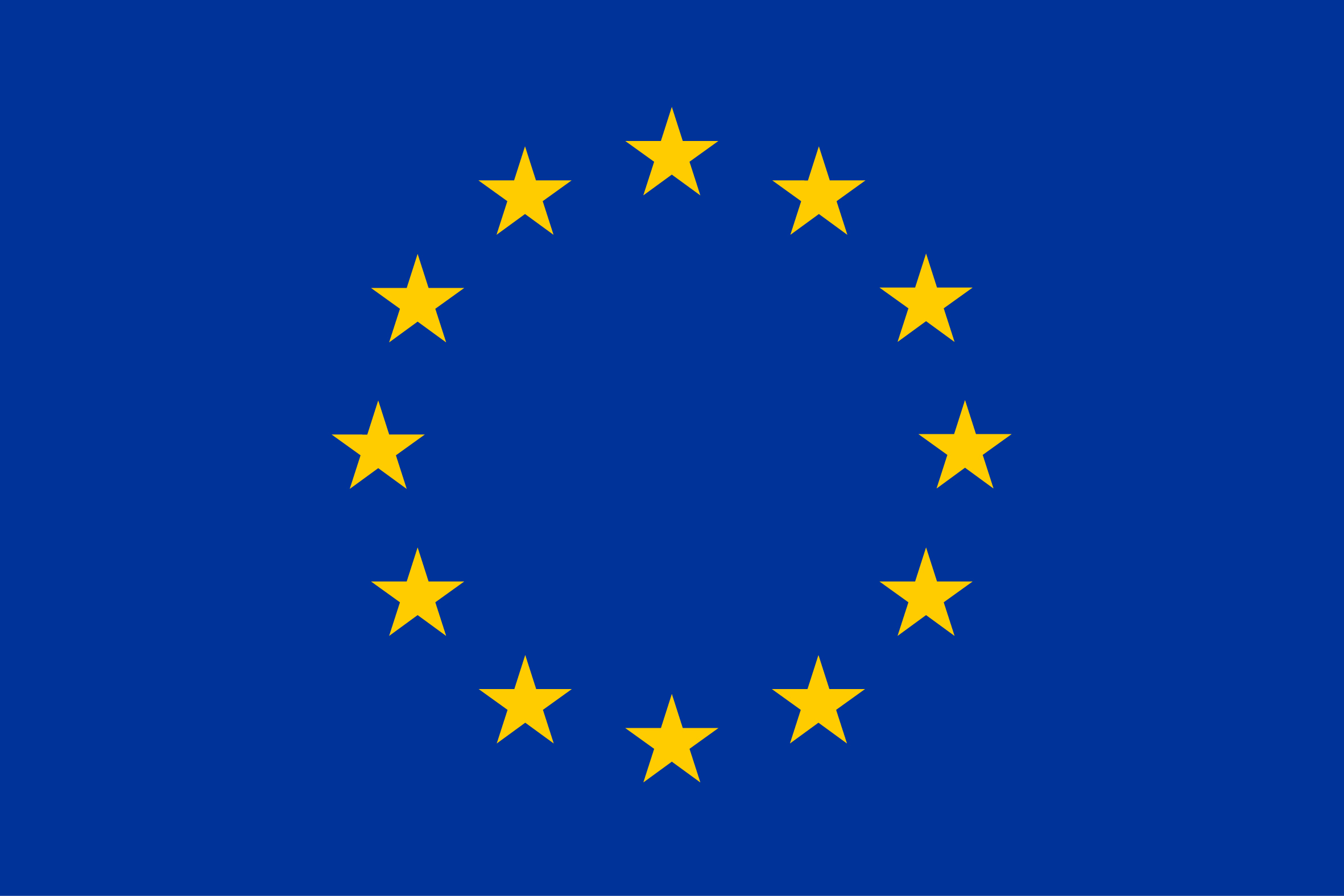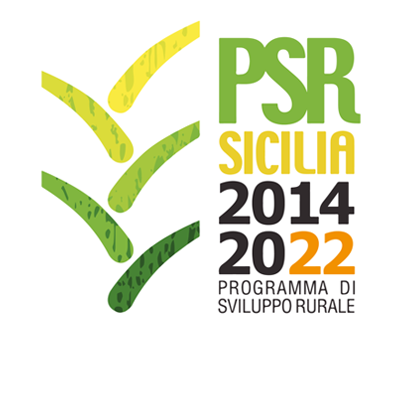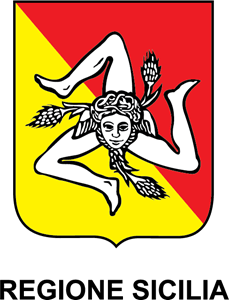Blobe Ziege
Country
Specie
ISO3
AUT
Language
ger.
Other name
Blobe Goas, Blobe Ziege
Breed classification (adaptedness)
Native
Breed classification (geographic)
Local
Additional information
a few herds in the Ötztal and upper Inn valley in the Tyrol
Efabis cultural role comment
the pelts are used for Perchten masks
Adaptability to specific environment
very well adapted to extreme heights
Specific resistance or tolerance
very resistant against wet and cold weather
Specific reproductive characteristic
the breed is reagarded as evry fertile
Special characteristic of product
good meat yield pelts, horns
Other special qualities
Dual purpose goat for meat and milk
Efabis environmental role
used to keep open high mountain pastures in the project
Efabis adaptability to marginal land
endangered breeds as focus in the Naturpark Ötztal
Coat description
typical goat of the high Alps, grazes at 2500 to 3000m in summer
Efabis skin colour
evenly grey or blue roan, dark back stripe, legs and hooves black. Sometimes light grey in the front and dark grey at the back halve of the body (
Number of horns males
0
Number of horns females
0
Horn shape size and comments
grey, blue roan
Wither height males
dark
Wither height females
0/2
Weight males
0.00
Weight females
0.00
Herdbook established
80
Domestication status
65
Taxonomic classification
Sturdy, middling to large framed mountain goat, neck length in harmony with the body, broad head with slightly to distinctly dished nose, very well muscled, broad back, deep chest, broad pelvis, sturdy legs with very hard hooves.
Description of origin
y
Year of origin
2007
Import
domestic
Location within country
Breed
Local cryo conservation status
autochthonous breed in the region between North and South Tyrol, originally spread along the whole High Alps.
Local Risk
19th century
Detailed local risk status
no imports
Regional Transboundary Risk (detailed)
North Tyrol, Salzburg
International Transboundary Risk detailed
Not Sufficient
Anglo-Nubier
Country
Specie
ISO3
AUT
Language
ger.
Transboundary name
Anglo-Nubian
Breed classification (adaptedness)
Exotic
Breed classification (geographic)
International
Wither height males
85
Wither height females
78
Weight males
150.00
Weight females
80.00
Herdbook
y
Herdbook established
2012
Domestication status
domestic
Taxonomic classification
Breed
Local cryo conservation status
No Material
Local Risk
At Risk
Detailed local risk status
Critical
International Transboundary Risk detailed
Not at Risk
Sulmtaler
Country
Specie
ISO3
AUT
Language
ger.
Description
named after the region Sulmtal in Styria
Transboundary name
Sulmtaler
Breed classification (adaptedness)
Native
Breed classification (geographic)
Regional
Specific reproductive characteristic
well developed brood instinct
Special characteristic of product
exceptional meat quality Sulmtaler Kapaun
Reference for special qualities
www.sulmtaler.at
Skin colour
yellow
Shank and foot colour
reddish
Plumage colour
wild type and variants
Pattern within feather
no special pattern
Avian classification
middle level
Color comments
light legs
Efabis main colour
hen wheat-coloured, cockerel game coloured
Efabis skin colour
light
Weight males
4.00
Weight females
3.00
Other specific visible traits
sturdy deep bodied landrace chicken with fine bones, white downs, short legs. Trade mark is a small tuft and a s-shaped comb (only accepted in Styrian breeds) in the hen.
Herdbook
n
Domestication status
domestic
Taxonomic classification
Breed
Description of origin
Selected from local strains in Styria by Armin Arbeiter around 1870
Year of origin
1870
Location within country
Styria, Upper Austria, Vorarlberg
Local cryo conservation status
No Material
Local Risk
Not at Risk
Detailed local risk status
Not at Risk
Regional Transboundary Risk (detailed)
Not at Risk
Altsteirer Huhn wildfärbig
Country
Specie
ISO3
AUT
Language
ger.
Breed classification (adaptedness)
Native
Breed classification (geographic)
Local
Specific resistance or tolerance
very resistant against cold
Specific reproductive characteristic
good mother hen
Other special qualities
flies very well
Efabis adaptability to marginal land
tolerates wet and cold weather
Comb type
single
Skin colour
white
Shank and foot colour
white pinkish
Plumage colour
wild type and variants
Pattern within feather
no special pattern
Avian classification
fancy
Color comments
white legs
Efabis main colour
multi-coloured
Efabis skin colour
light
Weight males
3.00
Weight females
2.50
Other specific visible traits
Broad breast, full belly, neck and tail well feathered. Cockerels with rich cock´s plumes. Broad tail. Small comb, small feather tuft behind comb. Red fiery eyes, short dewlap.
Herdbook
n
Domestication status
domestic
Taxonomic classification
Breed
Description of origin
Original landrace of Styria, first breed standard 1897
Year of origin
18
Location within country
Styria, Upper Austria, Vorarlberg
Local cryo conservation status
No Material
Local Risk
Not at Risk
Detailed local risk status
Not at Risk
Altsteirer Huhn weiss
Country
Specie
ISO3
AUT
Language
ger.
Breed classification (adaptedness)
Native
Breed classification (geographic)
Local
Specific resistance or tolerance
very resistant against cold weather
Other special qualities
flies well
Efabis adaptability to marginal land
tolerates wet and cold weather
Comb type
single
Skin colour
white
Shank and foot colour
white pinkish
Plumage colour
white
Avian classification
fancy
Color comments
white legs
Efabis main colour
white
Efabis skin colour
white
Weight males
3.00
Weight females
2.50
Other specific visible traits
Broad breast, full belly, neck and tail well feathered. Cockerels with rich cock´s plumes. Broad tail. Small comb, small feather tuft behind comb. Red fiery eyes, short dewlap.
Herdbook
n
Domestication status
domestic
Taxonomic classification
Breed
Description of origin
autochthonous chicken of Styria, first breed standard 1897
Year of origin
18
Location within country
Styria, Upper Austria, Vorarlberg
Local cryo conservation status
No Material
Local Risk
At Risk
Detailed local risk status
Vulnerable
Österreichisches Braunvieh
Country
Specie
ISO3
AUT
Language
ger.
Transboundary name
Brown Swiss
Other name
Austrian Brown
Breed classification (adaptedness)
Locally adapted
Breed classification (geographic)
International
Efabis adaptability to marginal land
mountain, semi desert
Color comments
uni coloured: brown light ring around the muzzle (ger.=
Efabis skin colour
Rehmaul
Number of horns females
0
Horn shape size and comments
Brown
Wither height males
Black
Wither height females
2
Weight males
2.00
Weight females
0.00
Other specific visible traits
155
Herdbook
140
Herdbook established
1100
Domestication status
650
Taxonomic classification
black horn tips and claws
Description of origin
y
Import
domestic
Location within country
Breed
Local cryo conservation status
composite of Montafoner, Allgäuer Rind, Lechtaler and Oberinntaler
Local Risk
1880
Detailed local risk status
since 1960, 5 to 20% from Braunvieh (Switzerland); since 1968, > 20%from Brown Swiss (Canada, USA) today 100% Brown Swiss - replacement crossing
Regional Transboundary Risk (detailed)
country-wide
International Transboundary Risk detailed
Sufficient
Österreichisches Gelbvieh
Country
Specie
ISO3
AUT
Language
ger.
Transboundary name
Gelbvieh
Other name
Lichtes Alpenvieh, Lichtes Höhenvieh, Frankenvieh, Pale Highland, Austrian Yellow
Breed classification (adaptedness)
Locally adapted
Breed classification (geographic)
International
Color comments
uni coloured: white, yellow
Efabis main colour
Yellowish white
Efabis skin colour
Flesh
Number of horns males
2
Number of horns females
2
Horn shape size and comments
Horns wax coloured
Wither height females
137
Weight males
1200.00
Weight females
700.00
Other specific visible traits
middle to big framed dual purpose cattle, well muscled and heavily built.
Herdbook
y
Herdbook established
1978
Domestication status
domestic
Taxonomic classification
Breed
Description of origin
name used since 1960 for Carinthian Blond and Murboden and Waldviertel, Breed Society
Year of origin
1970
Import
since 1970 up to 100% Frankenvieh from Germany
Location within country
Lower Austria, Styria, Carinthia, Upper Austria
Local cryo conservation status
No Material
Local Risk
At Risk
Detailed local risk status
Critical
International Transboundary Risk detailed
Not at Risk
Zwerg Zebu
Country
Specie
ISO3
AUT
Language
ger.
Other name
Zwerg Zebu
Breed classification (adaptedness)
Exotic
Breed classification (geographic)
Local
Number of horns males
2
Number of horns females
2
Wither height males
120
Wither height females
80
Weight males
350.00
Weight females
250.00
Herdbook
y
Domestication status
domestic
Taxonomic classification
Breed
Local cryo conservation status
No Material
Local Risk
At Risk
Detailed local risk status
Critical
Zillertaler
Country
Specie
ISO3
AUT
Language
ger.
Breed classification (adaptedness)
Native
Breed classification (geographic)
Local
Color comments
Solidcoloured: red or red-brown with white tail, udder and underbelly; occasionally with a small white streak at the base of the tail (
Efabis main colour
feather
Efabis skin colour
).
Number of horns males
0
Number of horns females
0
Horn shape size and comments
2
Wither height males
2
Wither height females
Curved forward and upward, light at the base with black tips.
Description of origin
domestic
Year of origin
0
Import
Red variety of Tux-Zillertal: local strain of the Zillertal.
Detailed local risk status
No Material
Regional Transboundary Risk (detailed)
Extinct
International Transboundary Risk detailed
Extinct
Ungarisches Steppenrind
Country
Specie
ISO3
AUT
Language
ger.
Other name
Hungarian Steppe, Hungarian Grey
Breed classification (adaptedness)
Native
Breed classification (geographic)
Local
Color comments
uni coloured: silver-white to ash-grey
Efabis main colour
Grey
Efabis skin colour
Black
Number of horns males
2
Number of horns females
2
Horn shape size and comments
long horns especially in bulls, light grey at the base with black tips, curved upward and outward to form an
Wither height males
omega
Wither height females
silhouette.
Weight males
150.00
Weight females
140.00
Other specific visible traits
900
Herdbook
600
Domestication status
n
Description of origin
domestic
Year of origin
0
Import
Hungarian breed
Local cryo conservation status
Imported in the 1980ies from Hungary
Local Risk
Nationalpark Neusiedler See, Burgenland
Detailed local risk status
No Material
Regional Transboundary Risk (detailed)
Extinct
International Transboundary Risk detailed
Extinct




